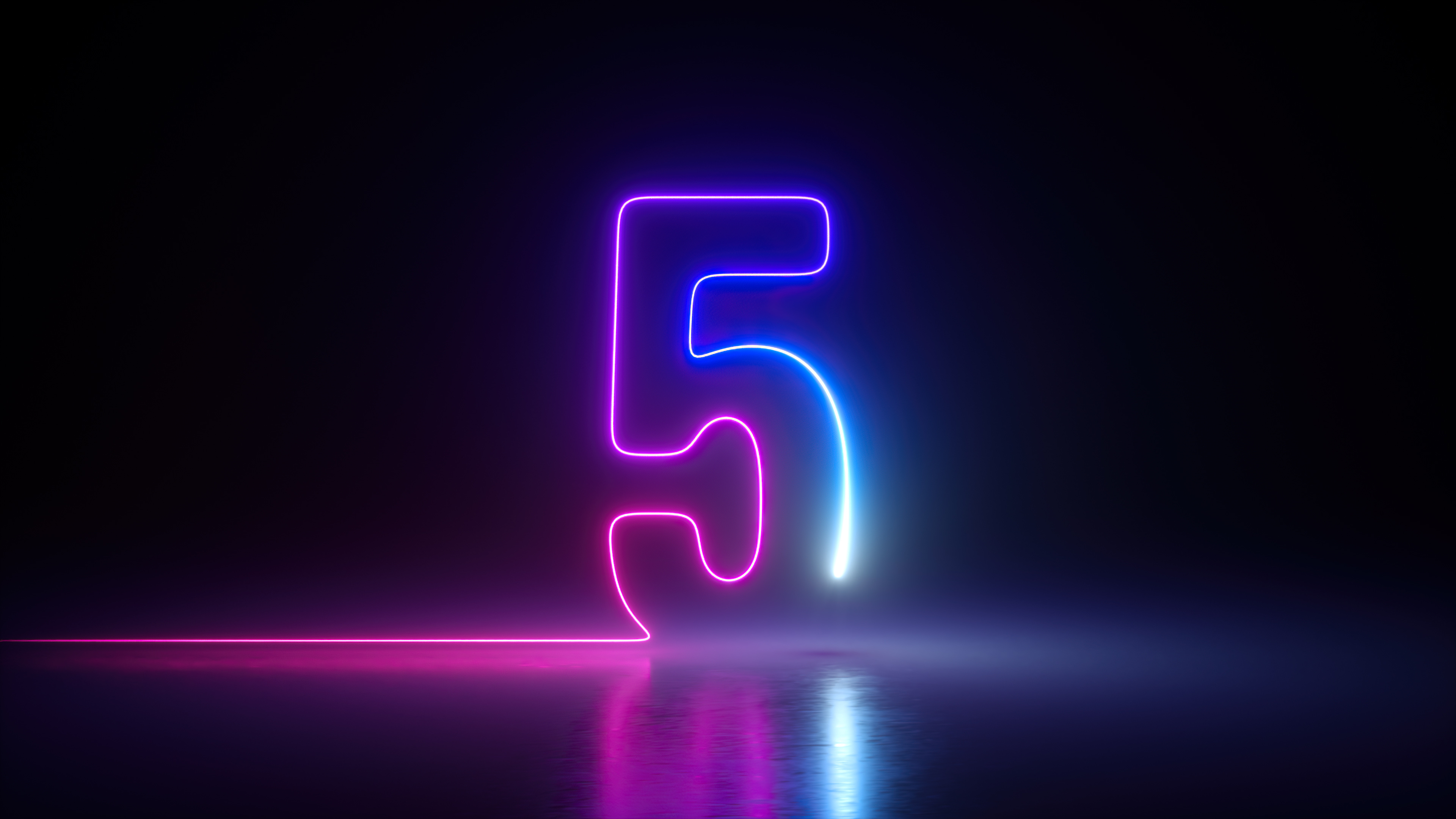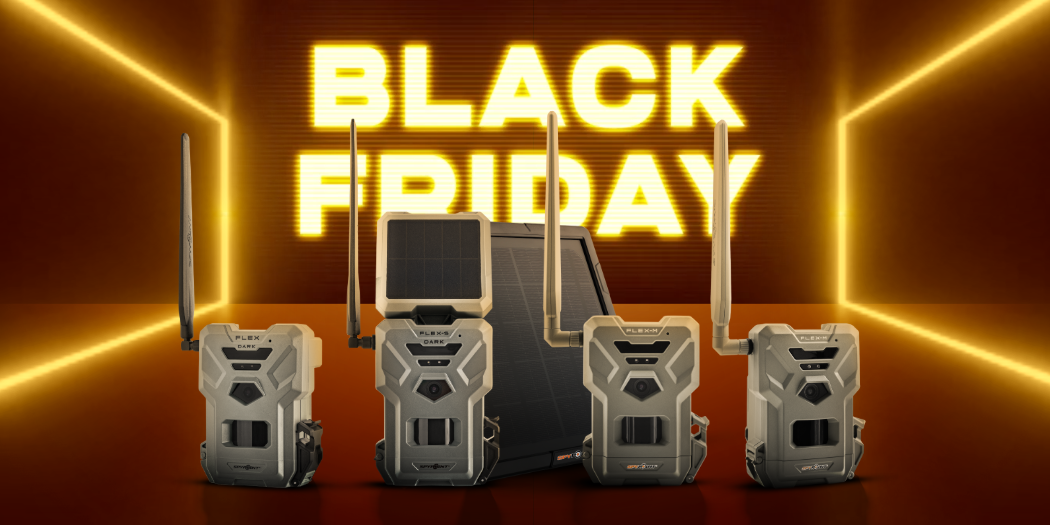
Chronic Wastint Disease, or CWD, has made the process of hunting out of state a little different than we used to. It's still very doable, but you need to make sure you're following the guidelines.
Flecks of fat, bone and brain flizzed off the saw blade moving through the skull under the antlers. After several minutes, the antlers and skull cap came free. A chunk of whitish-yellow brain nestled against the bone before being flicked into the garbage can. Then the thick dura peeled away from the bone, thanks to needle-nose pliers.
That was my first encounter with killing a deer in a state with chronic wasting disease. The meat from the Kansas buck, before I could transport any part of it home to Alabama, had to be deboned. If I wanted to do anything with the skull for a mount, the brain and neurological matter — spine, spinal cord, nodes, etc. — had to be removed. This was about eight years ago, and not much has changed in regard to transportation requirements since then.
Chronic wasting disease, commonly known as CWD, is a neurological disease that can afflict cervids such as whitetails, mule deer, elk and moose. It has been found in free-range and captive deer. CWD has been identified in 29 states and two Canada provinces, along with some cases in reindeer and moose in Norway, Finland, Sweden and South Korea. It was discovered in 1967 at a captive deer research facility in Colorado, and in wild deer in 1981. CWD is caused by mutated proteins called prions. It is similar, but not the same as, scrapie disease in sheep. When the mutated prions encounter normal prions in the deer’s body, they cause the normal ones to mutate. This slow process may take two years or more to be expressed, during which time the deer acts and looks normal. Symptoms of the disease, though, include steady and severe weight loss, neurological distress, loss of awareness and loss of fear of humans. Diseased prions can be shed through saliva, urine, feces or discarded body parts. They remain on plants and in the ground for an indeterminate amount of time. The disease cannot be transmitted to humans.
Some hunters believe CWD is a significant threat to deer populations and hunting. Others believe it’s a bunch of hooey, overblown and nothing more than EHD or mange. And some even think it’s a government conspiracy to reduce or end hunting. Whatever you believe, the fact is that almost all states have restrictions about transporting deer from a state with CWD. And all state wildlife agencies have a CWD protocol in place to be implemented in case CWD is discovered.
Transporting Deer
Transporting deer from one state to another used to be easy, right? Throw it in the truck or on the hitch rack and head home. Either gut it before you leave the field or camp, or if it’s a short trip just load and leave.
Now, though, CWD requires a few changes. These pretty much are standard in most states. But definitely check the state in which you live and the state(s) in which you’re hunting to ensure you’re updated on the exact requirements.
Most states, though, require this if you kill a deer in a state with CWD and want to bring it to your home: —
-Meat must be completely deboned.
-Spinal, brain matter, tongue and lymph nodes should be removed; they along with bones and hide should be discarded appropriately in the state where the deer was killed.
-Clean skull plates with antlers, with no meat or tissue attached.
There will be some instances where a hunter lives just over the state line and, in the olden days, could just load and leave to go home. Now, they must meet CWD transport regulations or find a processor for what used to be an easy hunt. Pain in the tookus? For some, yes, that’s how they see it. For others, it’s a “minor inconvenience” to help in the fight against the spread of CWD.
If you plan to have the buck mounted, the hide can be transported as long as it’s removed completely from the body. Skinning around the eyes and nose can be meticulous. It’s not impossible, though. You can take the hide and skullcap with antlers home to your taxidermist. Or, depending on where you hunt and who you know, you could leave it with a taxidermist there. It can be shipped to you later, or you can go back to pick it up.
Either way, that’s what has to be done. When I first started deer hunting more than 40 years ago, we gutted the deer at camp, hung it in the cooler and then brought the whole thing home. Today, there’s more involved. The bottom line, though, is to know the requirements before you hunt because that’s your responsibility.



